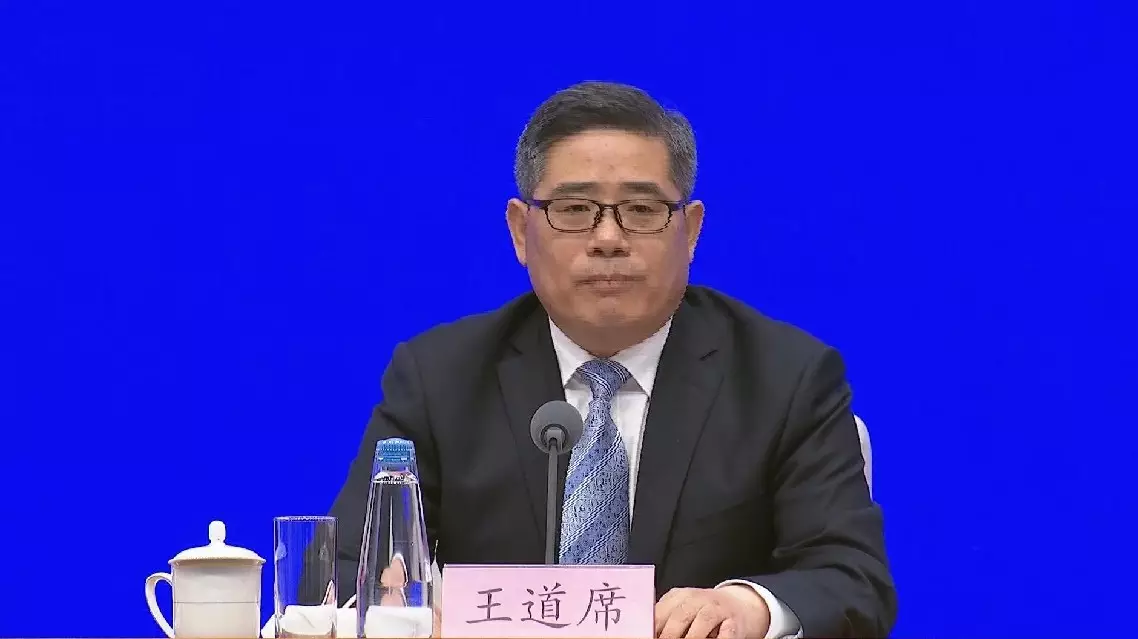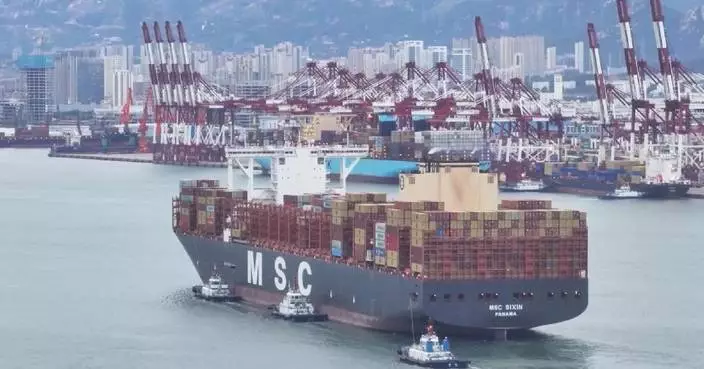China's South-to-North Water Diversion Project, also the world's largest water diversion project, has transferred more than 76.7 billion cubic meters of water and benefited 185 million people over the past 10 years, said an official on Thursday.
Thursday marks the 10th anniversary of this massive and still-evolving project to becoming fully operational in its first stage.
Wang Daoxi, Vice Minister of Water Resources, said at a press conference in Beijing on Thursday that this mega water project has effectively promoted the balance between people and natural resources in cities and rural areas, adding vitality to the implementation of major national strategies.
"As of today, the project has diverted more than 76.7 billion cubic meters of water, and the water supply guarantee rate for urban life and industry along the project route has been significantly improved, which has effectively improved the water resources conditions and water resources carrying capacity in the northern region, especially in the Huang-Huai-Hai region. The project has also effectively promoted the balance between water, people, resources and environment, and assisted the implementation of major national strategies such as the coordinated development of the Beijing-Tianjin-Hebei region and the construction of the Xiongan New Area," said Wang.
"The water supply area of the project has been continuously extended, benefiting 45 large and medium-sized cities and 185 million people along the route. With the continuous improvement of supporting projects in the water receiving areas, the scope of benefits is expanding from large and medium-sized cities to rural areas, and the number of beneficiaries is also increasing year by year," he said.
China's South-to-North Water Diversion Project has three routes. The middle route, which is the most prominent one, begins at the Danjiangkou Reservoir in central China's Hubei Province and runs through Henan and Hebei before reaching Beijing and Tianjin. The eastern route transfers water from east China's Jiangsu Province to feed areas including Tianjin and Shandong. The western route is yet to be built.
The first phase of the middle route project started supplying water on Dec 12, 2014, while the first phase of the eastern route officially put into operation on Nov 15, 2013.

China's water diversion project benefits 185 million people over past 10 years: official









